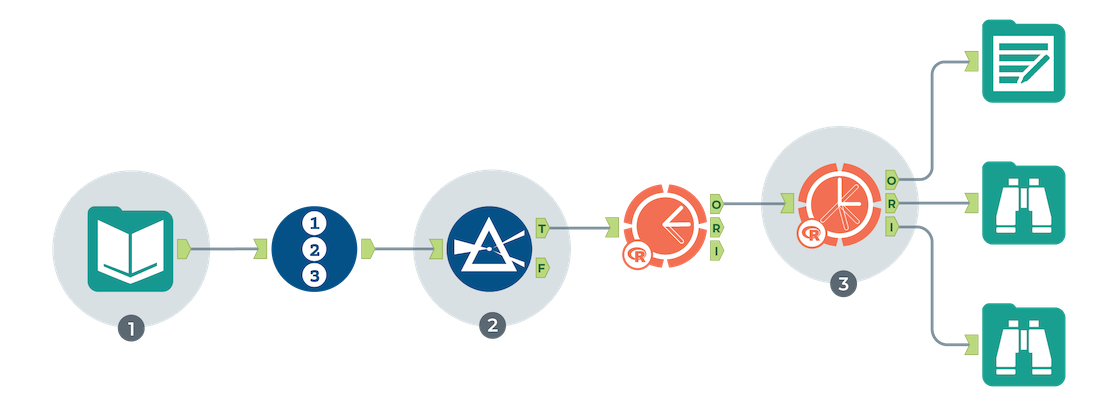
Use data on past activity to make decisions affecting your company’s future. Forecasting demand is the key to estimating sales, running promotions, planning inventory, scheduling logistics, and meeting customer expectations.
Efficiency Gains
Drive more efficient operational strategy
Top-Line Growth
Optimize product mix and reduce out-of-stock conditions
Risk Mitigation
Incorporate internal and external demand signals to optimize demand model accuracy
Business Problem
“How much should we order and when should we order it?” Retailers and suppliers know that these questions never go away, and that success depends on answering these questions accurately day in and day out. But too much guesswork goes into improving on-shelf availability and avoiding out-of-stock conditions. Inventory and sales data alone can deliver part of the picture, but are insufficient for understanding future conditions. In addition, excluding supply chain data can create situations where needs are identified without the means to fulfill those needs.
Alteryx Solution
The way to maintain your supply chains and stay competitive is to increase the accuracy of your demand forecasting. Only a clear and consistent line of sight into the consumption behavior of your customers — what they will buy, and when and where they will buy it — will ensure you meet their needs. Demand forecasting lets you model the delivery of products all the way from supplier to shelf. Armed with accurate forecasts, you can affect costs, sales, customer satisfaction, customer experience, and brand value. With analytics, companies can automate the testing of 100% of data points, then identify outliers that indicate risk and investigate further. With insight into real-time, transactional data, investigators can readily see fraud as it is occurring and take immediate action to reduce the losses stemming from the fraud.
Alteryx provides the ability to connect data sources, prepare data, and apply advanced analytics automatically so your teams in Operations, Sales, Production, Manufacturing, and Finance can forecast demand more accurately. In minutes, they can determine the best product mix and production quantities to keep your shelves stocked and your customers satisfied.

1 – Data Connection
Pull in historical sales data and supply chain capability data
2 – Prep and Blend
Blend and format data to input into model
3 – Predictive Modeling
Create model that predicts expected future sales